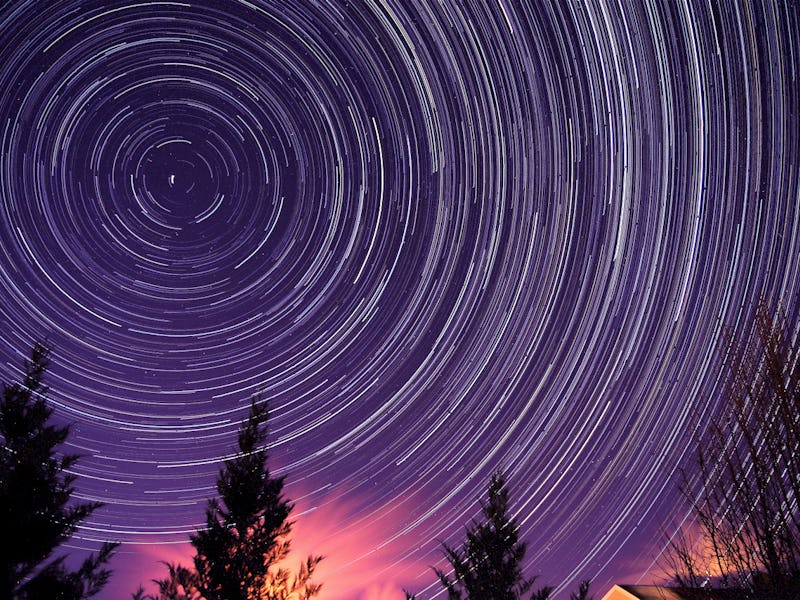In Deep Space, Astronauts Will Use Celestial Navigation Like Columbus and Drake
Just because we're building the technology for space travel doesn't mean we won't get lost.

Automated or not, today’s planes, boats, and automobiles are deeply dependent on satellite-based systems, like GPS, to get around. This system makes a great deal of sense for Earthly movement: Triangulation makes it possible for any given three satellites to pinpoint a location on the ground with impressive speed and accuracy. Because this technology has been so universally adopted, it’s easy to think of navigation as a problem mankind has already solved. This is true-ish on Earth and definitively false in space, where GPS definitely doesn’t work. So, how exactly will we steer ships toward specific destinations in deep space? Let’s just say we’re going to steal a page from Christopher Columbus’s book — the one about celestial navigation, not mass killing.
NASA has developed a variety of tools to allow it to orient its probes and understand their location in relation to the Earth and other space landmarks. The New Horizons spacecraft, for example, relies on the agency’s Deep Space Network, the world’s largest and most sensitive telecommunications system. The DSN is basically a series of three facilities in California, Spain, and Australia. Each facility has giant radio antennas that facilitate communications across extremely large distances in outer space. Combined, they allow tools like New Horizons to stay in touch with ground control even at a distance of 1.4 million miles from Earth, well into the Kuiper Belt.
But there’s a catch. As we go further, radio signals will become impossible to detect and fly-by-wire won’t work. The question, as we start to explore other star systems within the galaxy, will become how to steer ships disconnected from the Earth. Even if we can relay signals effectively, there is always the possibility — likelihood really — of a systems outage. How would deep space astronauts or robots be able to orientate without an Earthly connection?
They’d have to look out the window.
The same way ancient mariners used constellations to determine their direction, future astronauts traveling to unknown worlds will use the location of certain stars in outer space as bearings for where they are. In some instances, this will actually be easier: Humans headed to a specific world orbiting a specific star will have a natural reference point. But it won’t always be that easy and it’s never a fantastic idea to orientate around just one point, because your relationship with that point tells you little about your location in space. This is why scientists say deep space explorers are going to need a better system. The best idea they’ve come up with? Using pulsars as signal buoys.
Pulsars are neutron stars that rotate and emit beams of radiation at various speeds. They pulsate so regularly that each one acts almost like a clock on their own millisecond-scale pace. So the idea is to create an deep space GPS-type system by tracking the location of different pulsars based on their different pulse rates, and draft up a navigation system where telescopes on a spacecraft can measure the pulsing rates of these bodies, and use a special software to allow a spacecraft to know exactly where it is in space.
The idea, in short, is to navigate by and through the stars by assuming a fixed relationship between them or consistently calculating variability.
It’s also important to note that you want to have a reference point for where you began. And in the future, Earth will be that reference. Unfortunately, Earth is not a bright ball of energy capable of emitting light across interstellar distances. So we have to look towards other properties to measure that would make Earth easy to follow. One idea that has some traction is to augment magnetometer technology to a point where a distant spacecraft can “find” Earth through its magnetic field.
Overall, the lessons of navigating large waters using the stars is going to play a revived role in interstellar space travel. I think it’s safe to say there’s something wonderfully romantic about that notion.